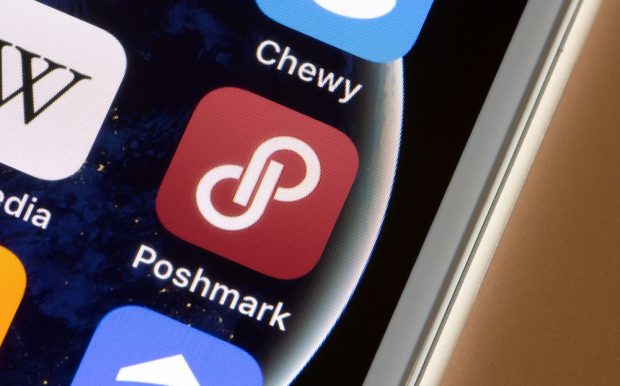Poshmark Q2 Sees Record Users, as Value-Conscious, Premium Buyers Clean Out Closets

Social commerce marketplace Poshmark said growing demand from budget-minded consumers at both ends of the economic spectrum drove a 14% increase in its customer base last quarter to a record 8 million active users.
At the same time, the 11-year-old California-based platform, that sells both new and used products ranging from apparel and makeup to household items and electronics, said engagement on its website and a half dozen social media accounts was up 70% for the three months ending June 30, to more than 57 billion social interactions.
“Higher contribution from premium priced products continues to be one of the factors that drove year-over-year AOV growth during the second quarter,” Poshmark Founder and CEO Manish Chandra told analysts on the company’s second quarter earnings call.
Not only is the digital retailer committed to growing market share in premium priced products, Chandra said, but it has also “started testing various applications of the technology” from the Suede One virtual sneaker authentication platform that it acquired last October to drive innovation in its current authentication processes.
“We intend to expand our authentication services to price points below $500 by the end of the year,” Chandra said, calling the company he founded in 2011 a seller-centric marketplace.
“Seller success and liquidity is where everything starts at Poshmark,” he said, pointing to the company’s focus on product innovation that makes it easier for sellers to market and list their merchandise while also developing new ways for buyers to discover fashion and style trends that ultimately lead to engagement and conversion.
“The unique dynamic of Poshmark is that over time, sellers become buyers and buyers become sellers, and by the fifth year there is over 40% overlap between buyers and sellers,” Chandra said.
See also: Affirm Teams With Poshmark to Offer Shoppers Flexible Payments
While acknowledging that the company was impacted by the recent changes to Apple’s privacy policy as well as inflation and macroeconomic volatility, Chandra said Poshmark has adjusted its marketing strategy and was able to grow its gross merchandise value (GMV) by 8%, a gain that marked the 18th consecutive quarterly advance in this key metric.
“We’re drawing attention to Poshmark as a sustainable fashion destination, particularly for style and value conscious shoppers who are feeling more constrained due to inflation, and also as a place to make money from your closet,” he said.
